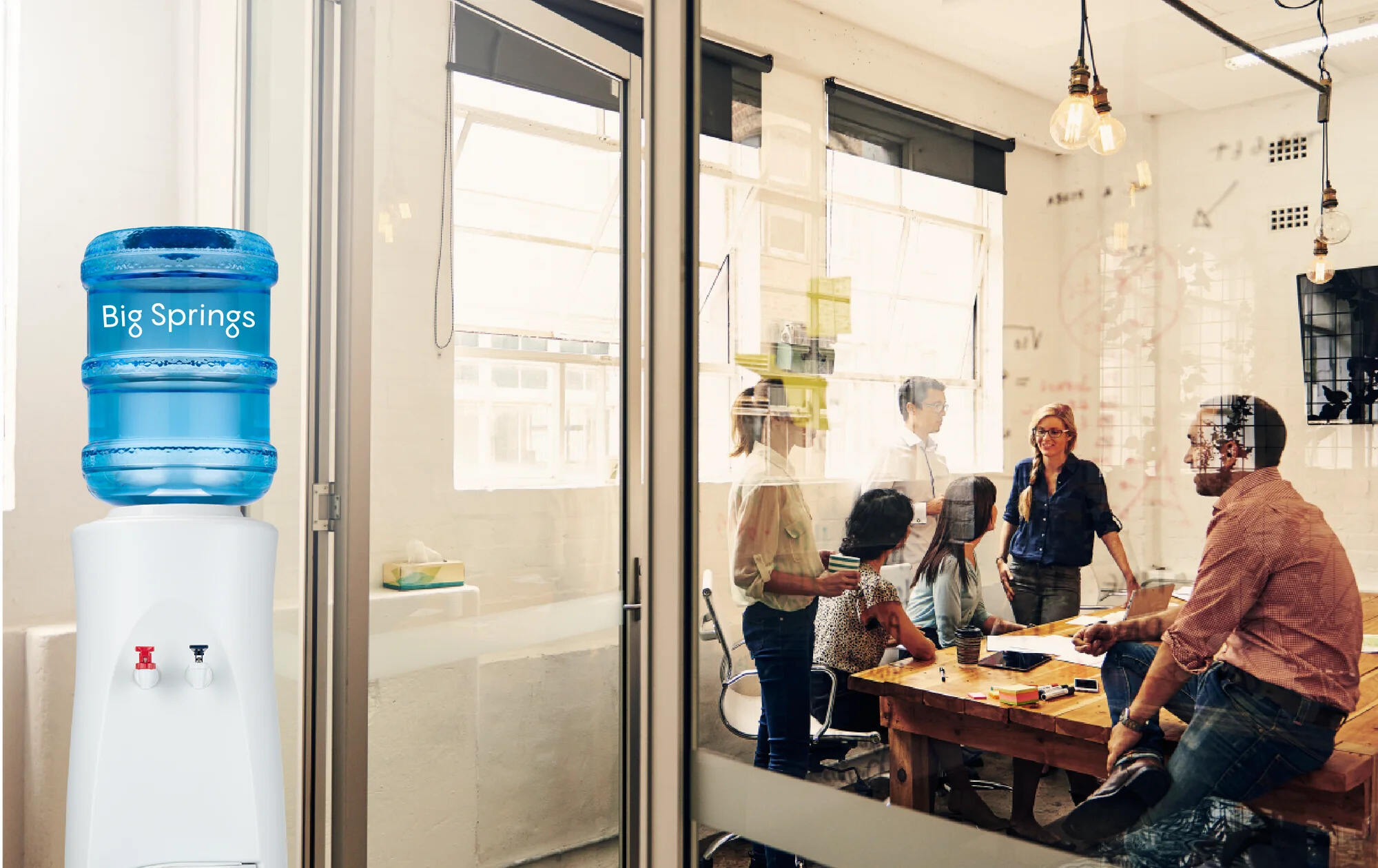

Articles
How To Store Water At Home
Modified: January 7, 2024
Learn effective techniques for storing water at home with our informative articles. Ensure a steady and reliable water supply for your household.
(Many of the links in this article redirect to a specific reviewed product. Your purchase of these products through affiliate links helps to generate commission for Storables.com, at no extra cost. Learn more)
Introduction
Welcome to the comprehensive guide on how to store water at home. In today’s unpredictable world, having access to clean and safe water is crucial for your survival and well-being, especially in emergency situations. Whether you are facing a natural disaster, a water supply interruption, or simply want to be prepared for any unforeseen circumstances, storing water at home is a smart and proactive step.
Water is essential for hydration, cooking, cleaning, and maintaining personal hygiene. It is recommended that each person has at least one gallon of water per day for drinking and sanitation purposes. With water storage, you can ensure that you have a reliable supply of clean water to meet your needs when municipal water systems are compromised or unavailable.
However, water storage is more than just filling up containers and stashing them away. It requires careful planning, proper containers, appropriate treatment methods, and regular maintenance to ensure that the stored water remains safe to consume. In this guide, we will explore the importance of storing water at home, the factors to consider before storing water, the containers suitable for water storage, the different methods to treat and purify water, the steps to store water properly, and how to maintain and rotate your stored water.
By following the guidelines in this article, you will be well-equipped to store water at home and have peace of mind knowing that you are prepared for any water-related emergencies. So, let’s dive in and explore the world of water storage!
Key Takeaways:
- Storing water at home is crucial for emergency preparedness, safe drinking water, and maintaining hygiene. Consider factors like water quantity, source, treatment, and suitable containers for effective water storage.
- Regular maintenance and rotation of stored water are essential to ensure its safety and usability. Inspect, secure, and label containers, establish a rotation schedule, and prioritize water quality testing for a reliable water supply.
Read more: How To Store Distilled Water
Importance of Storing Water at Home
Storing water at home is essential for several reasons, as it allows you to mitigate potential risks and ensure your family’s well-being during emergencies or uncertain situations. Here are some key reasons why storing water is of utmost importance:
- Emergency Preparedness: Natural disasters such as hurricanes, earthquakes, floods, and severe storms can disrupt water supply systems, making tap water unsafe or inaccessible. By having a sufficient amount of stored water, you can survive these unpredictable events without worrying about dehydration or waterborne illnesses.
- Water Supply Interruptions: Even in non-emergency situations, water supply interruptions can occur due to maintenance work, infrastructure issues, or other unforeseen circumstances. Having stored water ensures that you and your family will still have access to clean water for daily needs.
- Safe Drinking Water: Municipal water systems are generally reliable and provide safe drinking water. However, contamination or water quality issues can occasionally arise, leading to boil water advisories or the need for water treatment. With stored water, you have a backup supply of safe drinking water, unaffected by such issues.
- Flexibility and Convenience: Having readily available stored water grants you the flexibility to be self-reliant and independent, reducing dependency on external sources during times of crisis. It also saves you from the need to rush to the store or stand in long lines to buy bottled water when emergencies strike.
- Hygiene and Sanitation: Besides drinking, water is also vital for maintaining personal hygiene, cooking, cleaning, and sanitation purposes. With stored water, you can still carry out these essential activities, ensuring proper hygiene and sanitation even when the regular water supply is compromised.
Regardless of where you live or the specific risks you face, having a supply of stored water is a wise investment in your safety and well-being. However, it’s crucial to consider certain factors before storing water, ensuring that you do it effectively and safely. Let’s explore these factors in the next section.
Factors to Consider Before Storing Water
Before you start storing water at home, there are several factors you should consider to ensure that your stored water remains safe, reliable, and usable. Here are the key factors to keep in mind:
- Water Quantity: Determine how much water you need to store based on your household’s needs and the recommended gallon per person per day guideline. Consider factors such as the number of people in your household, any medical conditions that may require extra water, and the duration you intend to store water for.
- Water Source: Identify a reliable water source for storing water. Ideally, use tap water from a municipally treated supply. If tap water is not available, consider purchasing commercially bottled water for storage.
- Water Treatment and Purification: If you are storing water from an untreated source, such as a well or a natural water body, it is important to treat and purify the water before storage. This can be done using methods like boiling, using water purification tablets, or utilizing filtration systems.
- Storage Containers: Select appropriate containers that are specifically designed for storing water. Look for containers made from food-grade materials, such as BPA-free plastic or food-grade stainless steel. Avoid using containers that may leach harmful chemicals into the water, such as milk jugs or juice bottles.
- Container Size and Durability: Choose containers of various sizes to suit your needs and storage space. Consider the durability of the containers to ensure they can withstand long-term storage without leaking or becoming damaged.
- Storage Location: Determine a suitable location to store your water containers. Choose a cool, dry, and dark area away from direct sunlight, which can degrade the quality of stored water. Ensure that the storage area is easily accessible and that the containers are stored off the ground to avoid potential contamination.
- Rotation and Expiration: Develop a system to regularly rotate your stored water supply. Water should be rotated every six months to maintain freshness and quality. Label containers with a date to keep track of their expiration or replacement dates.
By considering these factors before storing water, you can ensure that your stored water remains safe, reliable, and suitable for consumption. In the next section, we will explore the different types of containers suitable for water storage.
Containers for Water Storage
Choosing the right containers for water storage is crucial to ensure the longevity and safety of your stored water. Here are some common types of containers that are suitable for storing water:
- Plastic Water Containers: High-density polyethylene (HDPE) plastic containers are a popular choice for water storage. Look for containers specifically marked as “food-grade” or “BPA-free” to ensure they are safe for storing drinking water. These containers are lightweight, durable, and easy to handle. Opt for containers with tight-fitting, leak-proof lids to prevent contamination and evaporation.
- Water Jugs and Bottles: Water jugs and bottles made from HDPE or PET plastic are convenient options for storing and transporting smaller quantities of water. Look for those with a wide mouth for easy filling and cleaning. Ensure that the caps have a good seal to prevent leakage.
- Water Storage Barrels: For larger-scale water storage, consider using water storage barrels made from heavy-duty, food-grade plastic. These barrels can hold a significant amount of water and typically come with a secure lid and a built-in spigot for easy access. Ensure that the barrels are BPA-free and UV-protected, so they can withstand long-term storage.
- Stainless Steel Containers: Stainless steel containers are another excellent option for storing water. They are durable, resistant to corrosion, and do not leach any chemicals into the water. Look for containers that are specifically designed for water storage, with a tight-sealing lid.
- Ceramic or Glass Containers: While less common, ceramic or glass containers can be used for storing water. Ensure that they are specifically designed for food and beverage storage and have airtight lids. These containers are free from any potential chemical leaching but may be heavier and more fragile than other options.
Regardless of the type of container you choose, ensure that it is clean and in good condition before using it for water storage. Thoroughly wash and rinse the containers with mild detergent and clean water. Avoid using containers that previously held substances that could contaminate the water, such as chemicals or cleaning agents.
Remember to consider the size of the containers based on your water storage needs and available storage space. It is often advisable to have a combination of container sizes to cater to various needs and facilitate easy rotation.
Now that we have covered the types of containers suitable for water storage, let’s move on to the essential topic of water treatment and purification methods.
Store water in clean, food-grade containers with tight-fitting lids. Keep them in a cool, dark place away from direct sunlight and chemicals. Rotate the water every 6 months to keep it fresh.
Water Treatment and Purification Methods
Before storing water, it is crucial to ensure that it is properly treated and purified to make it safe for consumption. Here are some common water treatment and purification methods:
- Boiling: Boiling water is one of the most effective and straightforward methods to kill pathogens. Bring the water to a rolling boil for at least one minute, or three minutes at higher altitudes, to ensure all bacteria, viruses, and parasites are eliminated. Allow the water to cool before transferring it into storage containers.
- Water Purification Tablets: Water purification tablets, such as chlorine tablets or iodine tablets, are convenient for treating small quantities of water. Follow the instructions provided with the tablets for the correct dosage and contact time. These tablets effectively kill most microorganisms present in the water.
- Water Filtration: Water filtration systems, such as portable water filters or gravity-fed water filters, can remove contaminants and impurities from water. These filters use physical barriers and activated carbon to trap particles and remove bacteria and other microorganisms. Ensure that the water filter used is suitable for treating potentially contaminated water.
- Chemical Disinfection: Chemical disinfection methods involve using chemicals like chlorine, bleach, or iodine to kill pathogens in the water. Follow the guidelines provided by the manufacturer or reputable sources for proper dosages and contact times. Be cautious to use chemicals in recommended concentrations to avoid over-purifying the water.
- UV Water Purification: UV water purifiers use ultraviolet light to destroy the DNA of microorganisms, rendering them unable to reproduce and cause illness. These portable devices are effective in treating small quantities of water and are relatively quick and easy to use. Ensure that the device has sufficient battery or power source and follow the manufacturer’s instructions.
It is important to note that while these methods can eliminate many common pathogens, they may not remove certain chemicals, heavy metals, or dissolved solids. If you are unsure about the water quality, it is advisable to use a combination of treatment methods or consult with water treatment professionals.
Once you have treated and purified the water, transfer it into clean and suitable containers for storage. Ensure that the containers are tightly sealed to prevent contamination and evaporation.
Now that we understand the water treatment and purification methods, let’s move on to the practical steps involved in storing water at home.
Read more: How To Store Water For Emergencies
Steps to Store Water at Home
Storing water at home may seem like a simple task, but it involves a few crucial steps to ensure that your stored water remains safe and usable. Follow these steps to store water effectively:
- Clean and Disinfect Storage Containers: Before filling the containers with water, thoroughly clean them with mild detergent and rinse them well. To disinfect the containers, you can use a solution of one teaspoon of bleach per gallon of water. Ensure that the containers are fully dry before proceeding.
- Treat and Purify the Water: If the water source is not already treated or purified, use one of the methods mentioned earlier, such as boiling, purification tablets, filtration, or chemical disinfection. Follow the specific instructions for the chosen method to ensure effective treatment.
- Fill the Containers: Carefully and slowly fill the containers with the treated and purified water, leaving some space at the top to allow for expansion during freezing (if applicable). Avoid introducing any contaminants, such as dirty hands or unclean utensils, into the water during this process.
- Seal and Label the Containers: Close the containers tightly with their respective lids, ensuring a secure seal to prevent contamination and evaporation. Label each container with the date of filling to keep track of its expiration or replacement date.
- Store in a Suitable Location: Find a cool, dry, and dark area in your home to store the water containers. Avoid storing them in direct sunlight as it can degrade the quality of the water. Ensure that the storage area is easily accessible and that the containers are stored off the ground to prevent contamination.
- Rotation and Maintenance: Regularly check the stored water for any signs of contamination or deterioration. Every six months, rotate the stored water by using and replacing it with fresh supplies. Use the oldest containers first to ensure proper rotation and freshness.
Remember to calculate and store an adequate amount of water based on your household’s needs. Store enough water to meet your drinking and sanitation requirements for at least three to seven days or as recommended by emergency preparedness guidelines.
By following these steps, you can ensure that your stored water remains clean, safe, and ready for use during emergencies or water supply interruptions.
Now that you know how to store water at home, let’s explore the importance of maintaining and rotating your stored water in the next section.
Maintenance and Rotation of Stored Water
Maintaining and regularly rotating your stored water is essential to ensure its quality and usability over time. Here are some key practices to follow for the maintenance and rotation of stored water:
- Inspect Regularly: Periodically check the stored water containers for any signs of damage, leaks, or contamination. Look for discoloration, sediment, or unusual odors that may indicate the water is no longer safe to consume.
- Secure Seal: Ensure that the containers’ lids are tightly sealed to prevent any contaminants from entering the water. If you find any loose or damaged lids, replace them immediately.
- Keep It Clean: Maintain proper hygiene during the storage and handling of water containers. Avoid touching the inside of the containers or the water with dirty hands or utensils. If necessary, use clean cups or containers to access the stored water.
- Rotation Schedule: Establish a rotation schedule to ensure that your stored water remains fresh. Generally, it is recommended to rotate the water every six months. Use and replace older containers with fresh water to maintain a constant supply of clean water.
- Expiration Date: Label each container with the date it was filled to keep track of its expiration or replacement date. This will help you easily identify which containers need to be rotated and ensure that you always have fresh water available.
- Water Quality Testing: If you are unsure about the quality or safety of the stored water, consider getting it tested by a reputable laboratory. Water testing can provide valuable insights into any contaminants present and help you determine if any additional treatment or filtration is necessary.
- Replacement Schedule: Over time, plastic containers may deteriorate, and their quality may degrade. Therefore, it is advisable to periodically replace your water storage containers to ensure they remain in good condition and maintain the integrity of the stored water.
Remember that proper maintenance and rotation of stored water are crucial to ensure its safety and usability. Regularly check and refresh your stored water supply to always have a reliable source of clean water available for emergencies or unexpected water supply interruptions.
Now that you are well-informed about the maintenance and rotation of stored water, let’s conclude our comprehensive guide on storing water at home.
Conclusion
Storing water at home is a critical and proactive step towards ensuring your preparedness for emergencies and unforeseen situations. By having a reliable supply of stored water, you can safeguard your family’s well-being and mitigate potential risks during water supply interruptions or times of crisis.
Throughout this guide, we have discussed the importance of storing water at home, the factors to consider before storing water, the types of containers suitable for water storage, the various methods to treat and purify water, and the essential steps to store water effectively. We have also emphasized the significance of maintaining and rotating your stored water to maintain its quality and usability over time.
Remember, storing water is not a one-time activity, but an ongoing process. Regularly inspect and rotate your stored water supply, ensuring that the containers are properly sealed and free from contamination. By following these practices, you can have peace of mind, knowing that you are well-prepared to provide clean and safe water for you and your family in times of need.
Take the time to evaluate your water storage needs, gather the necessary supplies, and implement a water storage plan that suits your household requirements. It is always better to be prepared and have an ample supply of water on hand, rather than scrambling for resources during emergencies.
Remember, water is essential for our survival, and having sufficient stored water can be a lifeline in times of crisis. So, take action today and start building your water storage system. Your future self will thank you for your foresight and preparedness!
Frequently Asked Questions about How To Store Water At Home
Was this page helpful?
At Storables.com, we guarantee accurate and reliable information. Our content, validated by Expert Board Contributors, is crafted following stringent Editorial Policies. We're committed to providing you with well-researched, expert-backed insights for all your informational needs.
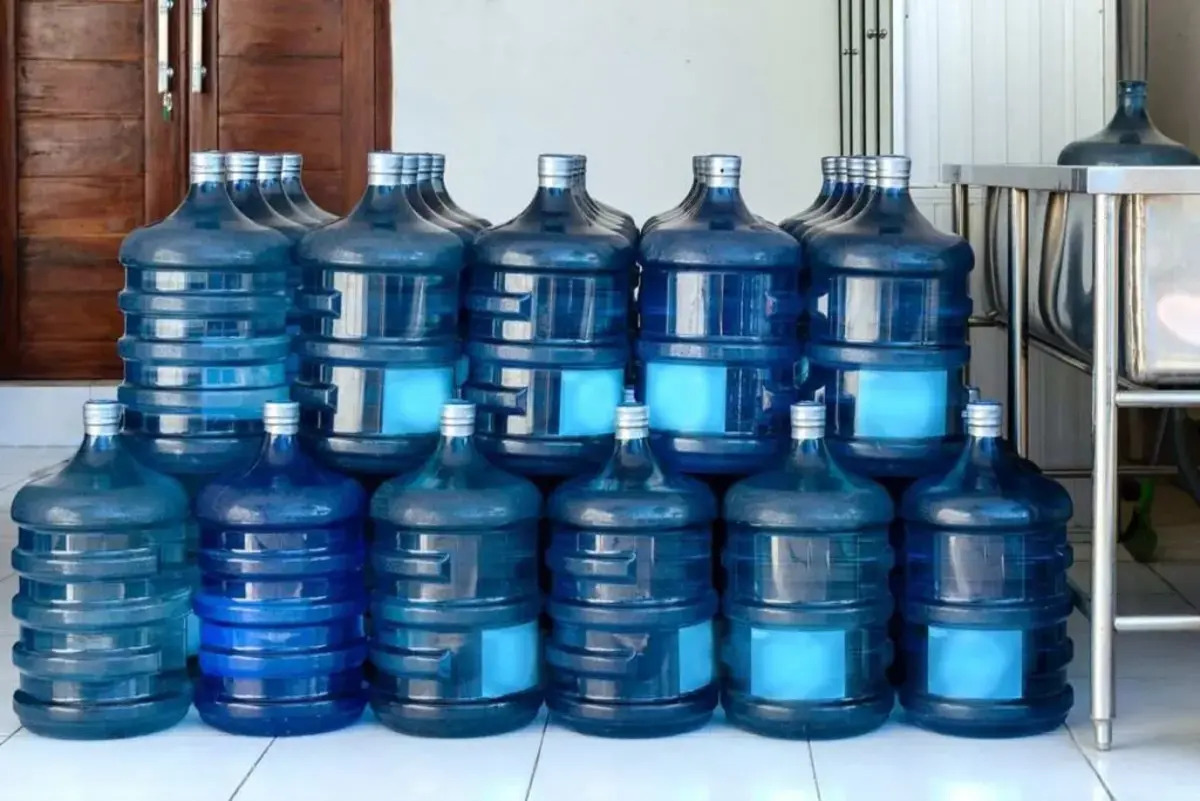
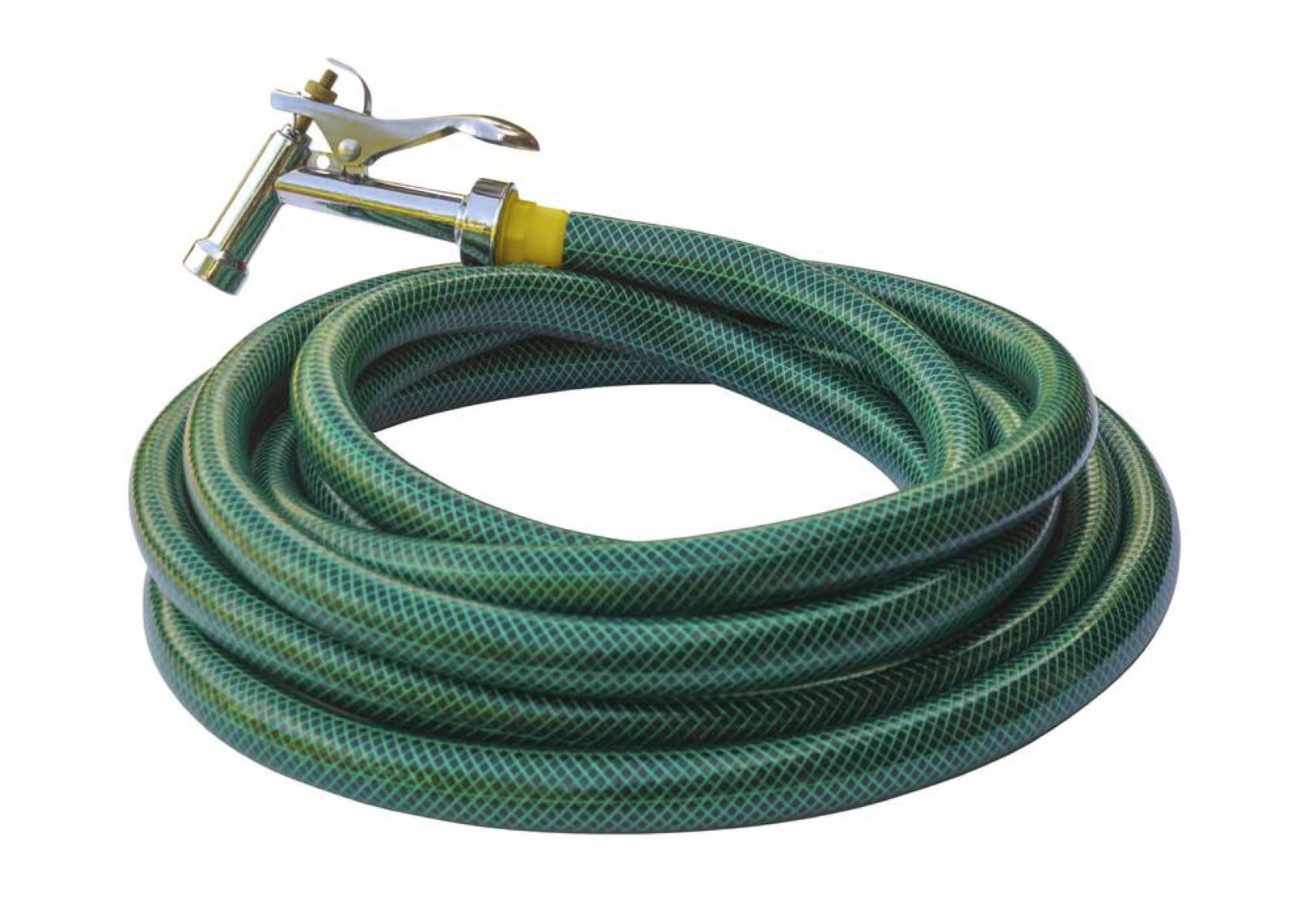
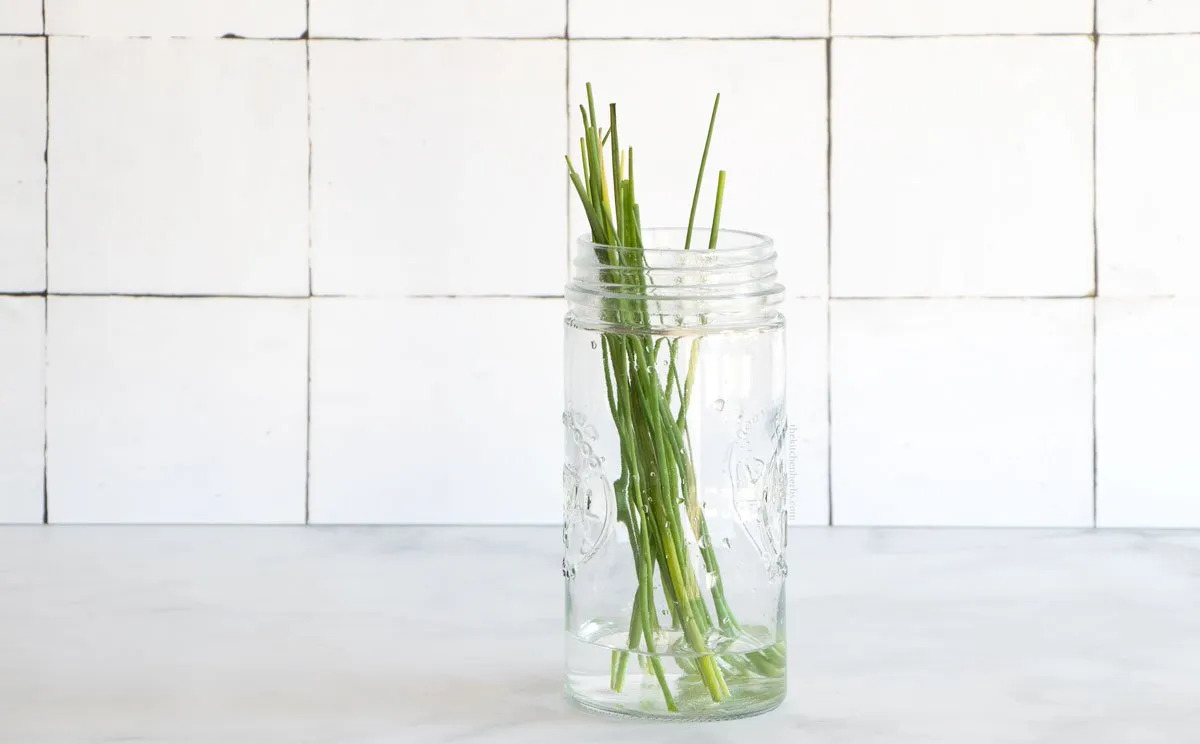
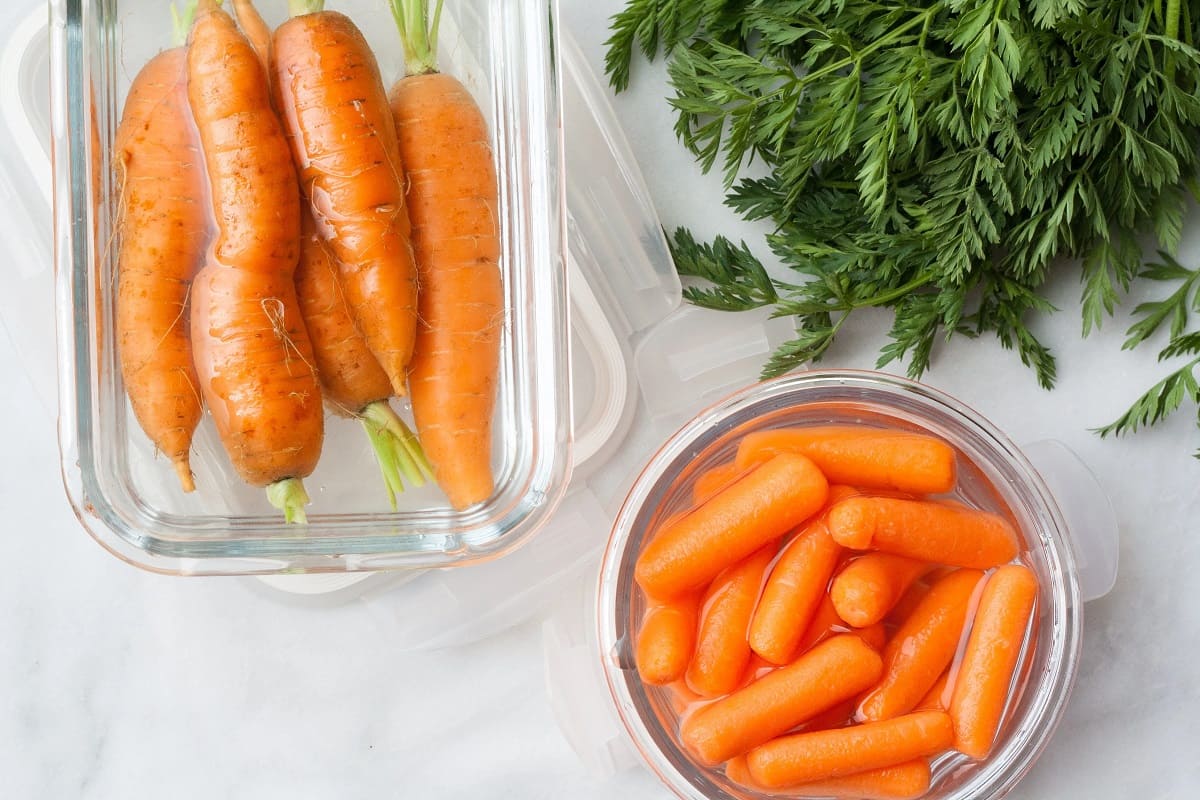
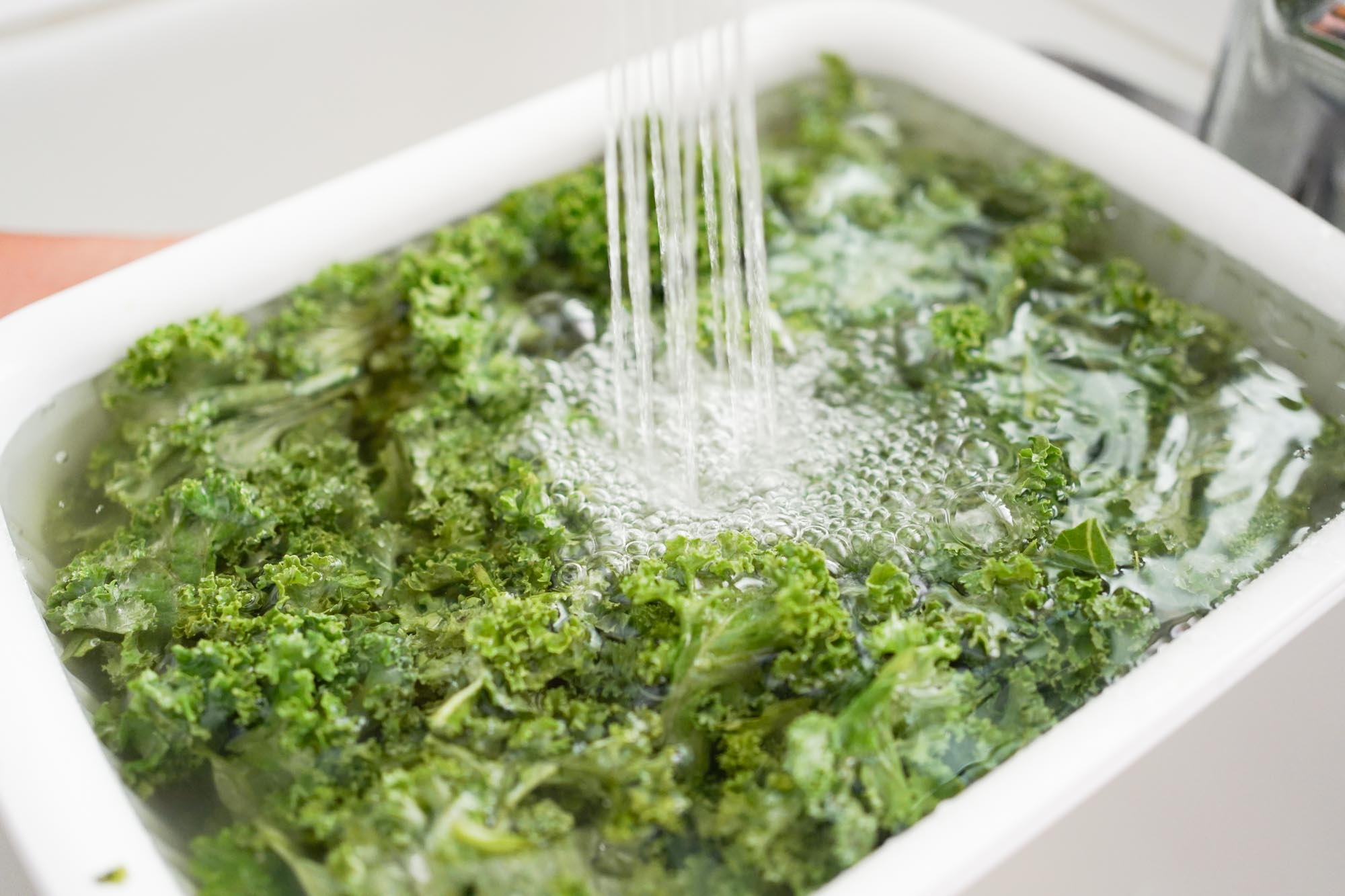
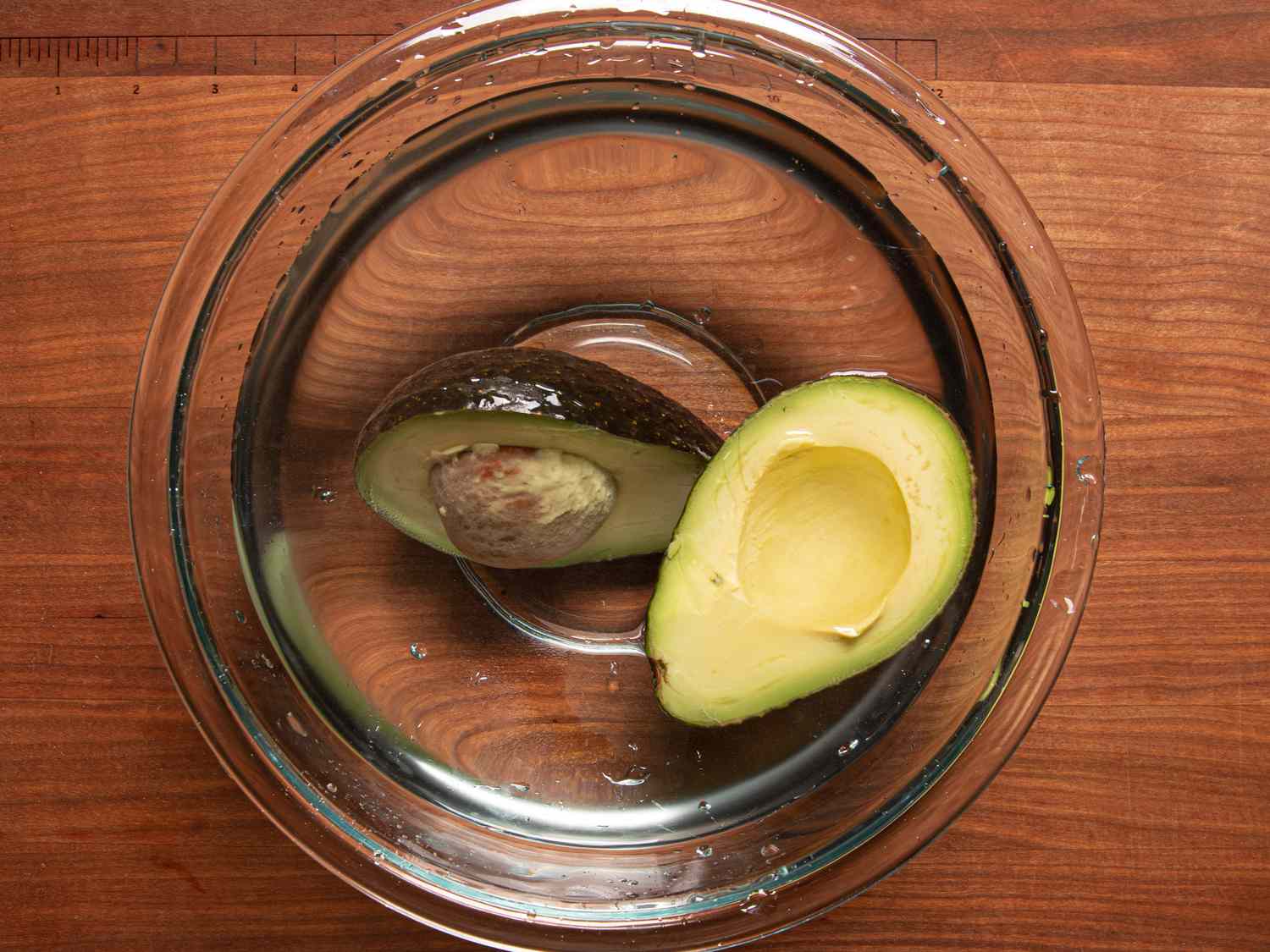
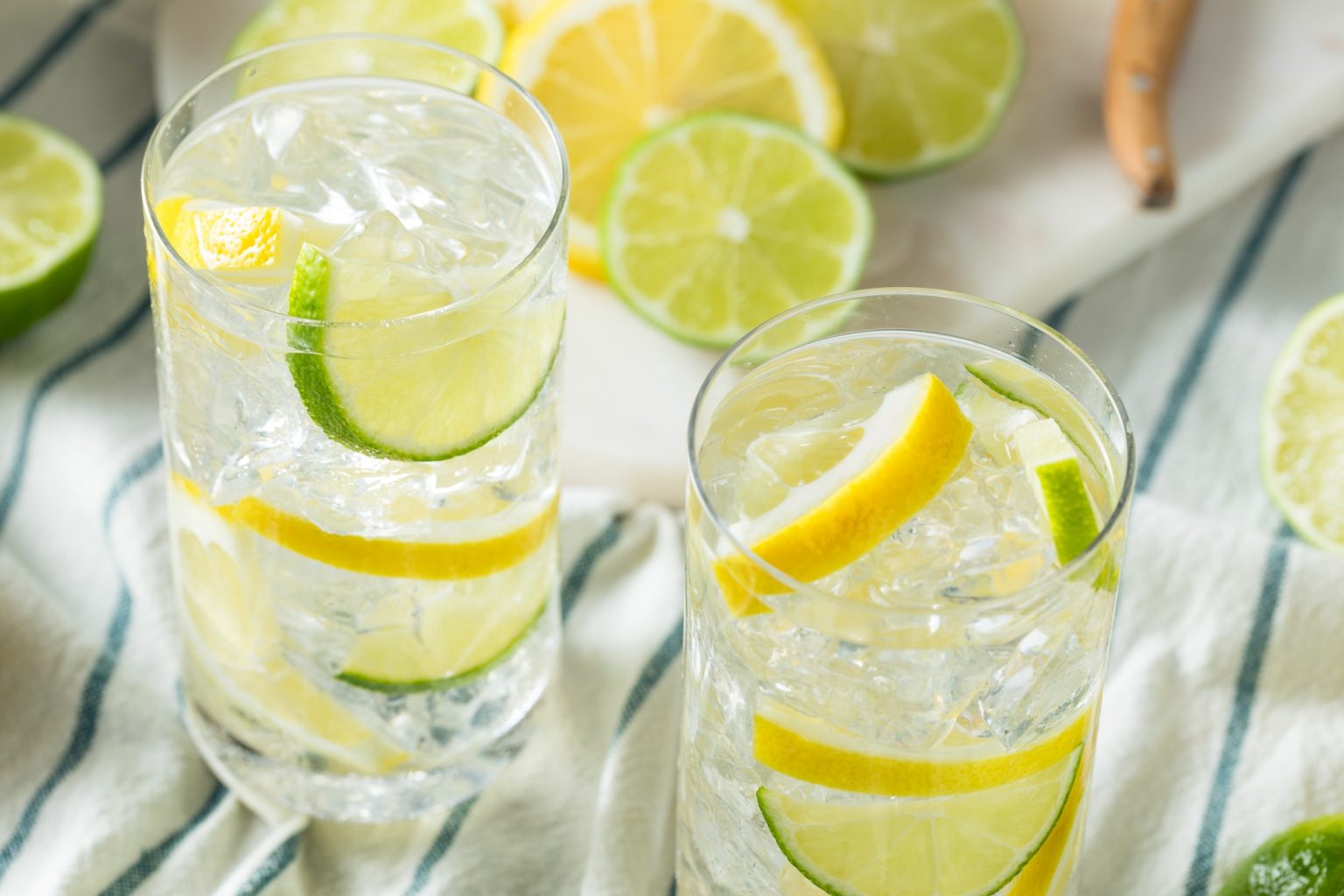
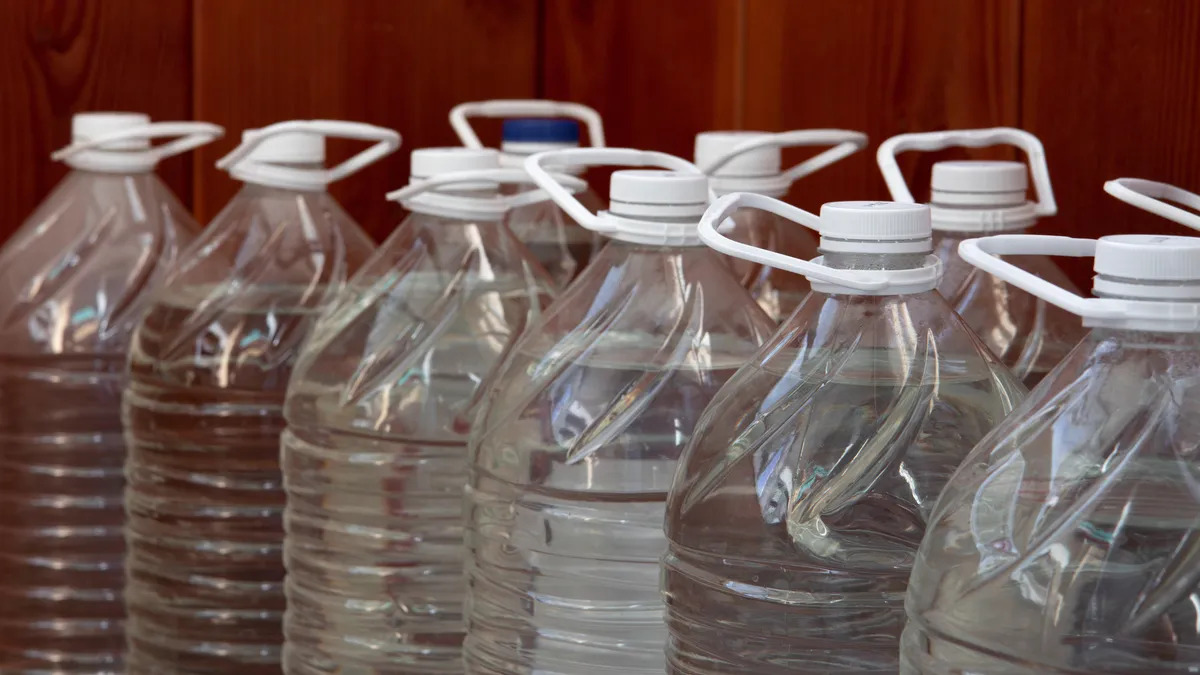
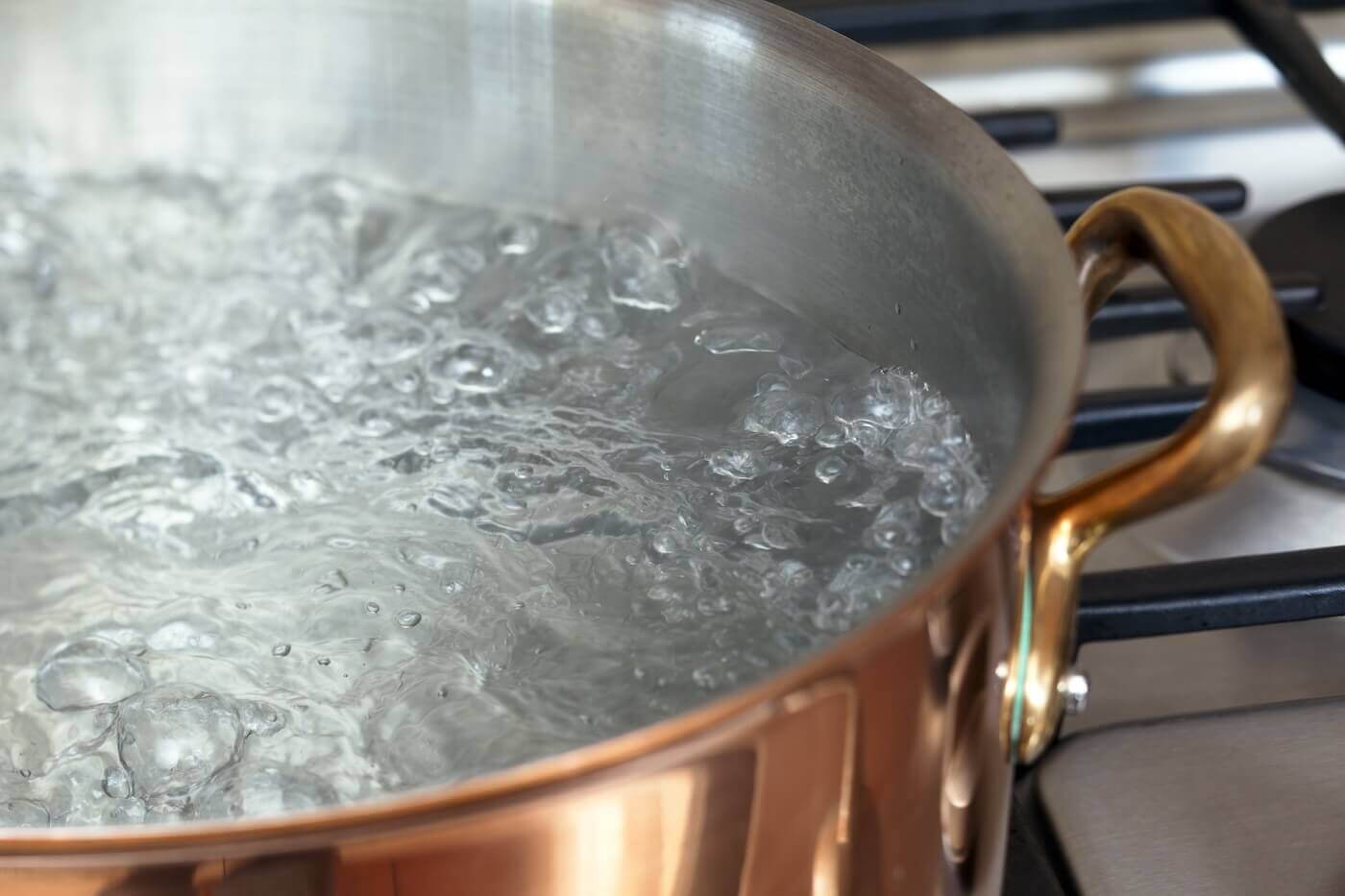
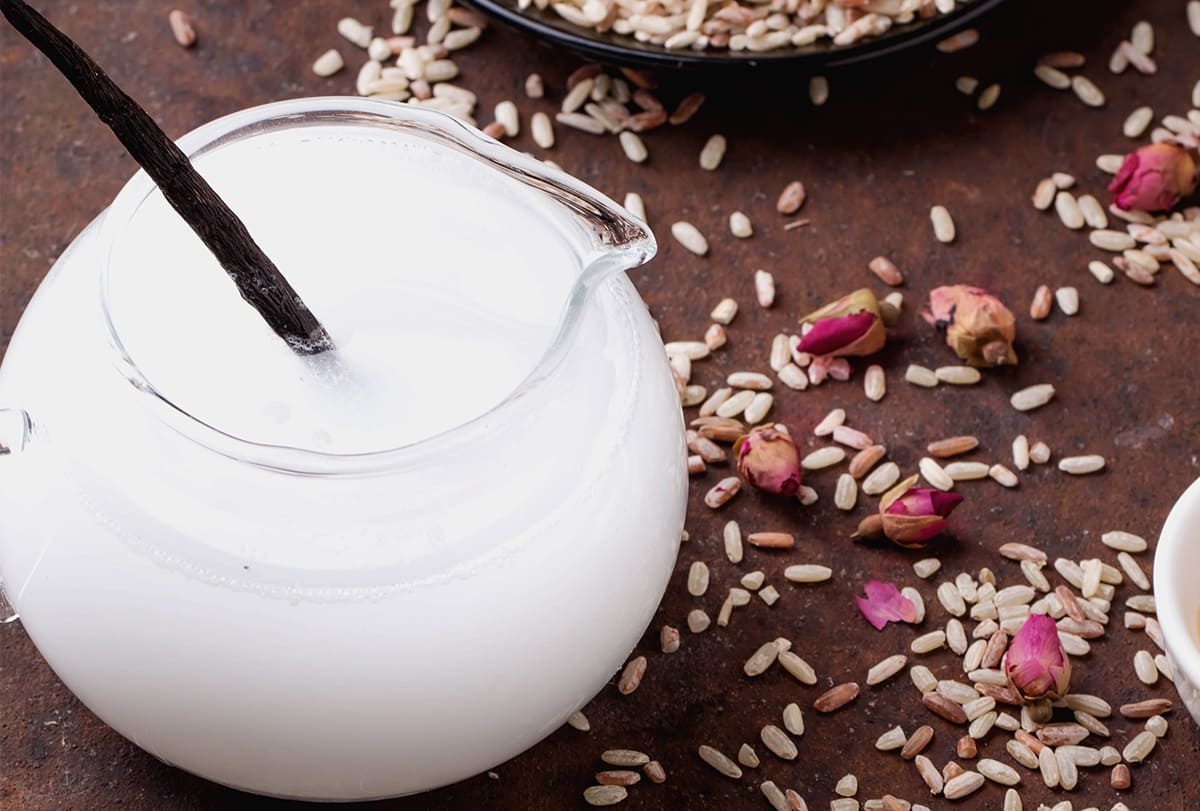
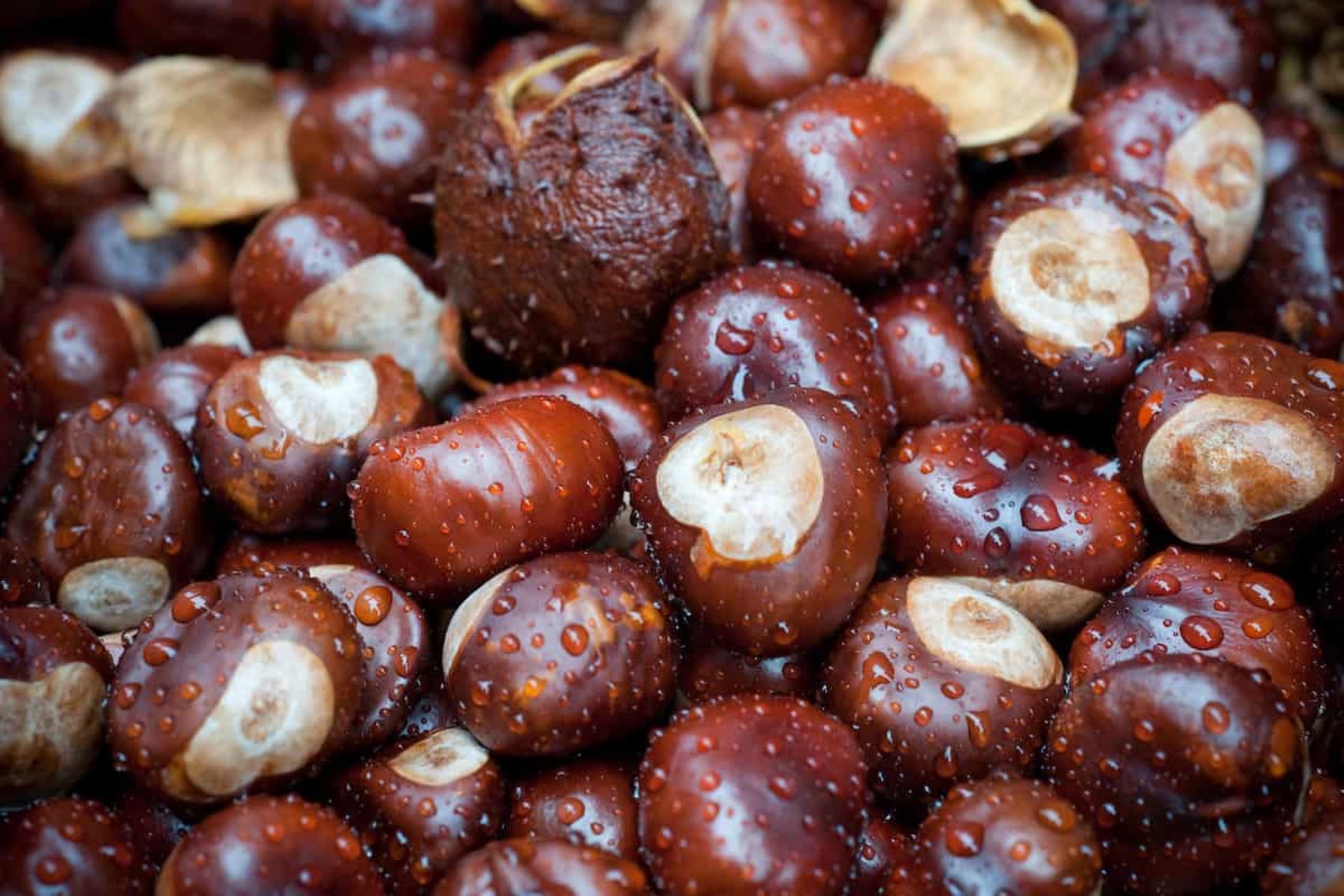
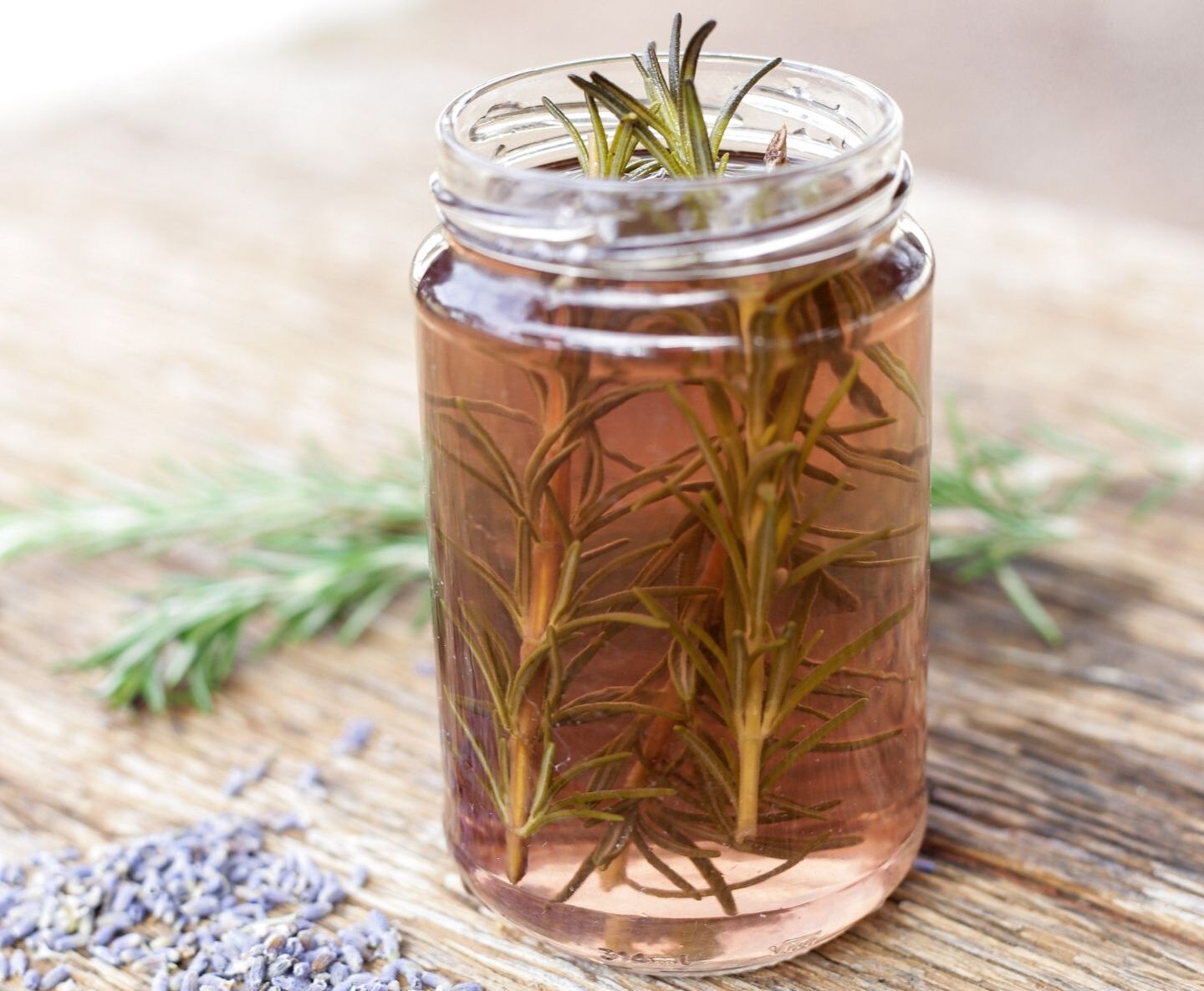
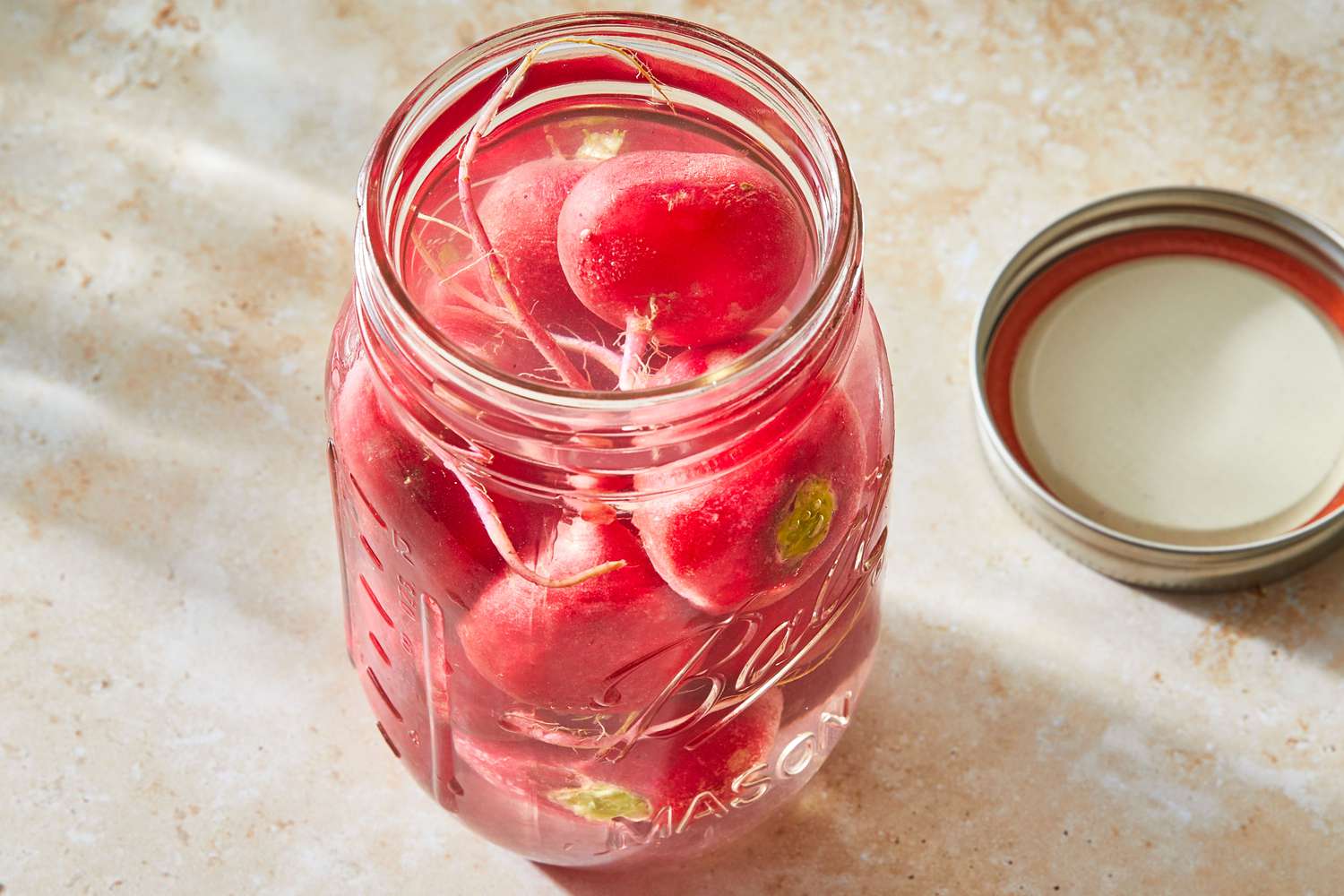
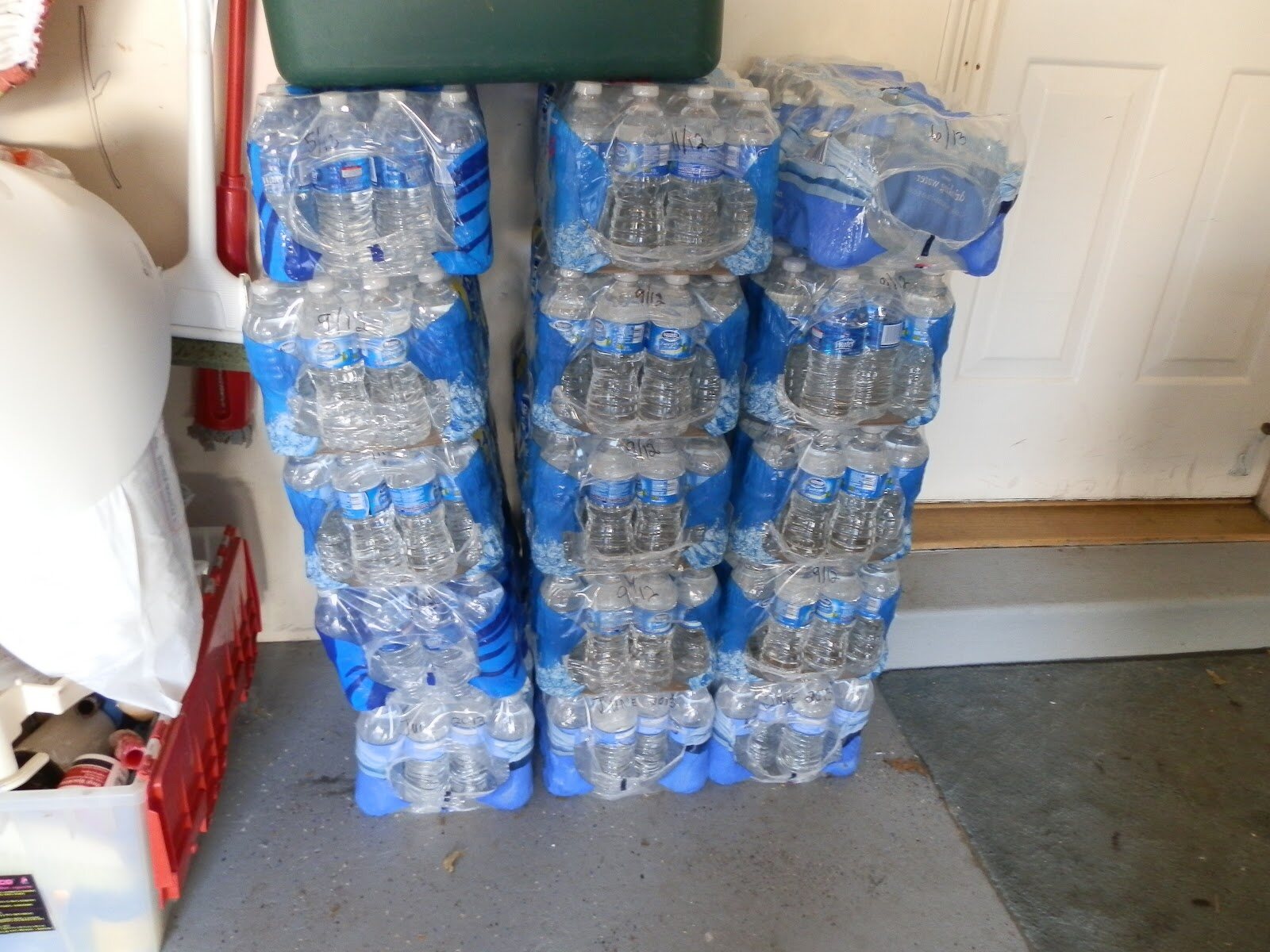

0 thoughts on “How To Store Water At Home”